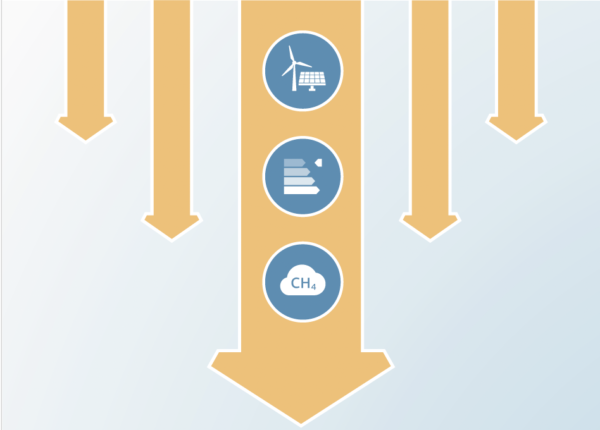Fair-share carbon dioxide removal increases major emitter responsibility
Authors
Claire Fyson, Susanne Baur, Matthew Gidden, Carl-Friedrich Schleussner

The Paris Agreement long-term temperature goal is to be achieved on the basis of equity. Accomplishing this goal will require carbon dioxide removal (CDR), yet existing plans for CDR deployment are insufficient to meet potential global needs, and equitable approaches for distributing CDR responsibilities between nations are lacking. This study applies two common burden-sharing principles to show how CDR responsibility could be shared between regions in 1.5°C and 2°C mitigation pathways.
Charts
• Move the cursor over the figure to get more detailed insights.
• Select single regions by clicking on the coloured boxes in the legend.
• Hold shift and select multiple regions in the legend
Equity approaches
We consider how the burden of deploying CDR over the century could be ‘fairly’ distributed among countries and regions. For this we use two approaches that are based on the widely used equity principles of responsibility, equality and capability: 'cumulative emissions per capita’ (CPCE) a
Model based CDR distribution vs. equity-based CDR distribution: CPCE & AP
Regional distribution of CDR for assessed least-cost pathways in the Integrated Assessment Models versus CDR allocation based on the CPCE and AP equity approaches.
Relationship between near-term emission reductions and long-term CDR burdens
Comparison of cumulative 21st-century CDR fair shares for each region with gross emissions in 2030 for the CPCE and AP equity approaches. Stars show where estimated 2030 emission levels under the current NDCs would fall on the regression lines.











